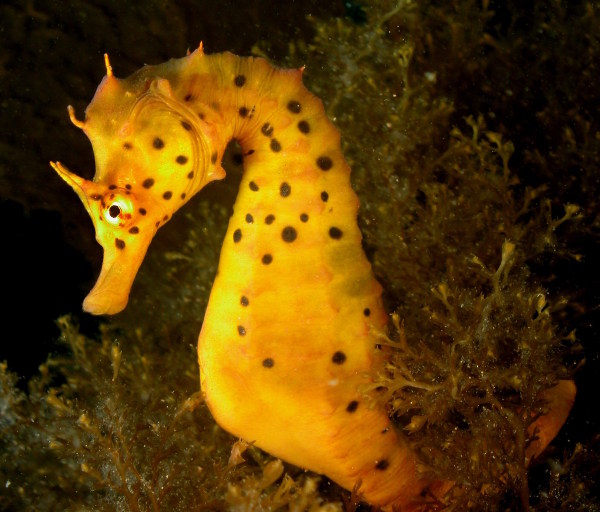
Saltwater fish aquariums are beautiful environments that bring the depths of the ocean into your family room or office. When you compare saltwater versus freshwater fish aquariums you notice immediately that, in general, saltwater aquariums have fewer fish than their freshwater counterparts. This is because saltwater fish tend to grow bigger than freshwater fish.
There are five different types of saltwater fish aquariums:
Fish only aquariums – This type of aquariums contain only fish, no other type of marine life is present. Within the classification of saltwater fish, there are two types: tropical and cold water. Tropical fish tend to be more colorful, and this is the reason why you see more saltwater aquariums featuring tropical fish.
Invertebrate only aquariums – This type of aquariums consist of invertebrate creatures only, no other type of fish is present.
Invertebrate and fish aquariums – This is a combination of the previous two aquariums. These types of aquariums are more difficult to maintain because some fish will feed on invertebrates, and some invertebrates will feed on fish.
Coral reef aquarium – These types of aquariums are very beautiful, but also very difficult to maintain.
Specialty aquarium – These types of aquariums will specialize in one type of sea life.
Critical Saltwater Aquarium Advice For Keeping Successful Saltwater Fish Aquariums
Executive Summary About Fish Aquariums By Darin Sewell
Many new owners of saltwater fish aquariums get to anxious and often add new fish much to fast.
Leave Your Tank Alone
A common habit among people keeping new saltwater fish aquariums is to constantly mess with the tank and maybe even constantly rearrange the decorations in the tank to get that just right look. So resist the urge and you will have a better marine aquarium with healthier fish.
Stick With Easy Fish
Some good saltwater aquarium advice for keepers of new marine aquariums is to try and stick with the easier and more hardy marine species. A good saltwater aquarium guide should be able to help you with a list of suitable beginner fish for new saltwater fish aquariums. Choose each fish carefully and research their behavior and needs.
Some Tips to Keep in Mind If You’re Planning to Give Fish Aquariums to Your Kids
Executive Summary About Fish Aquariums By Christopher Mendoza
Most of us had their first experience of fish aquariums as a child. Having your fishes die one at a time is traumatic for a child, so if you’re planning to give fish aquariums as a gift then you had better provide your child or teenager with the information they need to be successful.
Because you’re buying a fish aquarium to a child, chances are you’re going for a small tank. Small tanks are not suitable for beginners. Don’t go smaller than 10 gallons and make sure you populate your tank with small, hardy fish such as guppies and platys.
Most kids would want brightly colored decorations which unfortunately, can cause stress in the fishes. Now, the biggest challenge of aquarium keeping is choosing the right inhabitants. Most people want to have as many fish in the tank as possible. Expert fish keepers say that you should never buy fish the same day as the tank. Also, aging the tank will ensure that water in the tank is stable and that everything (from the heater to filter) are functioning properly.
If you want to ensure success in keeping fish aquariums, you should educate your kids about aquarium maintenance and overfeeding. Aquarium maintenance includes changing water in the tank at regular periods.







































